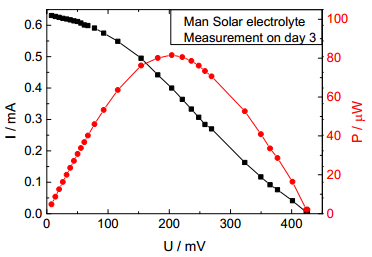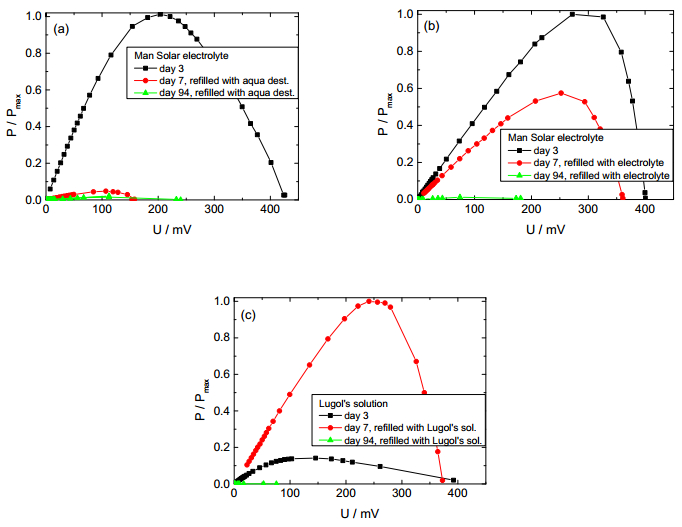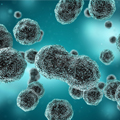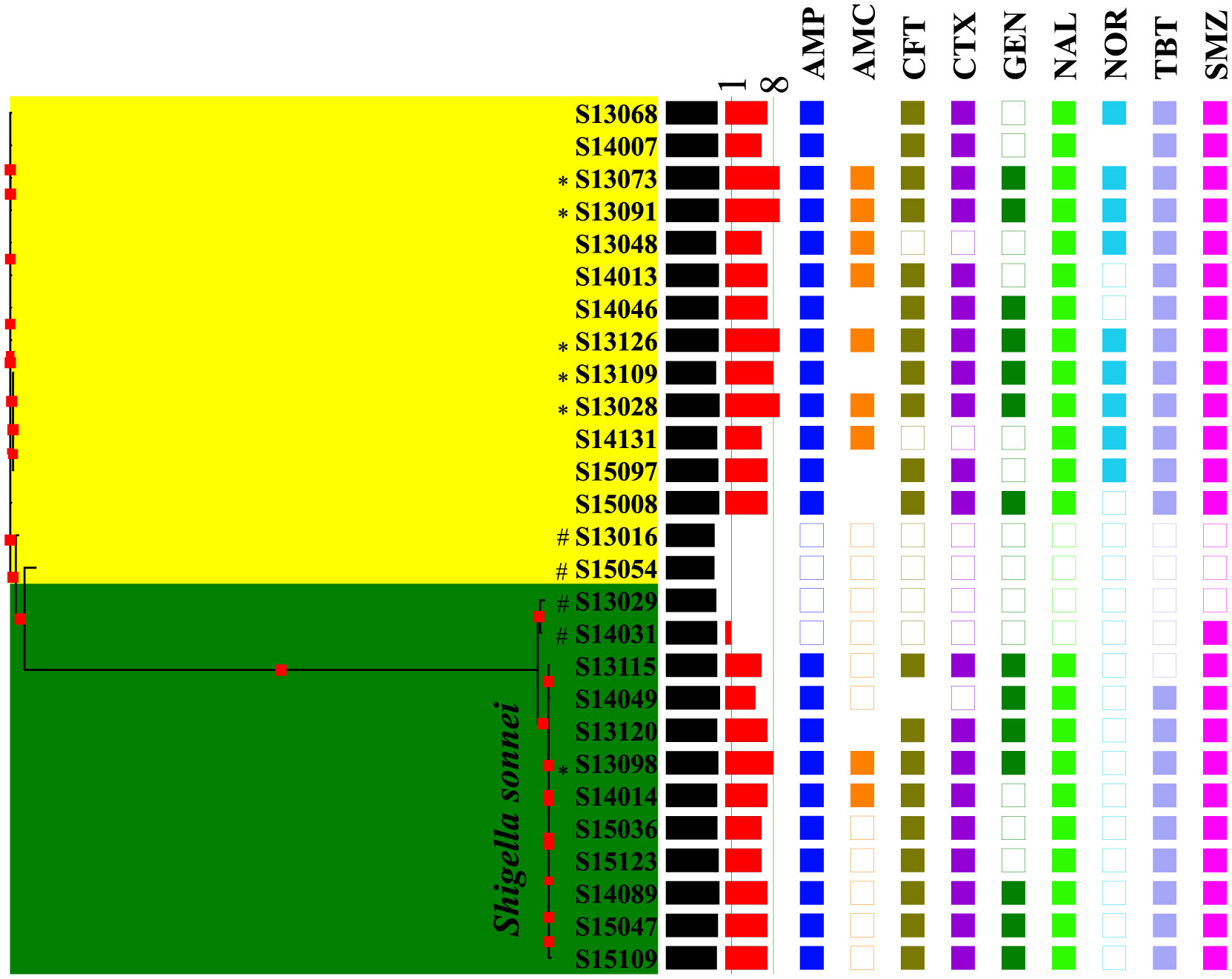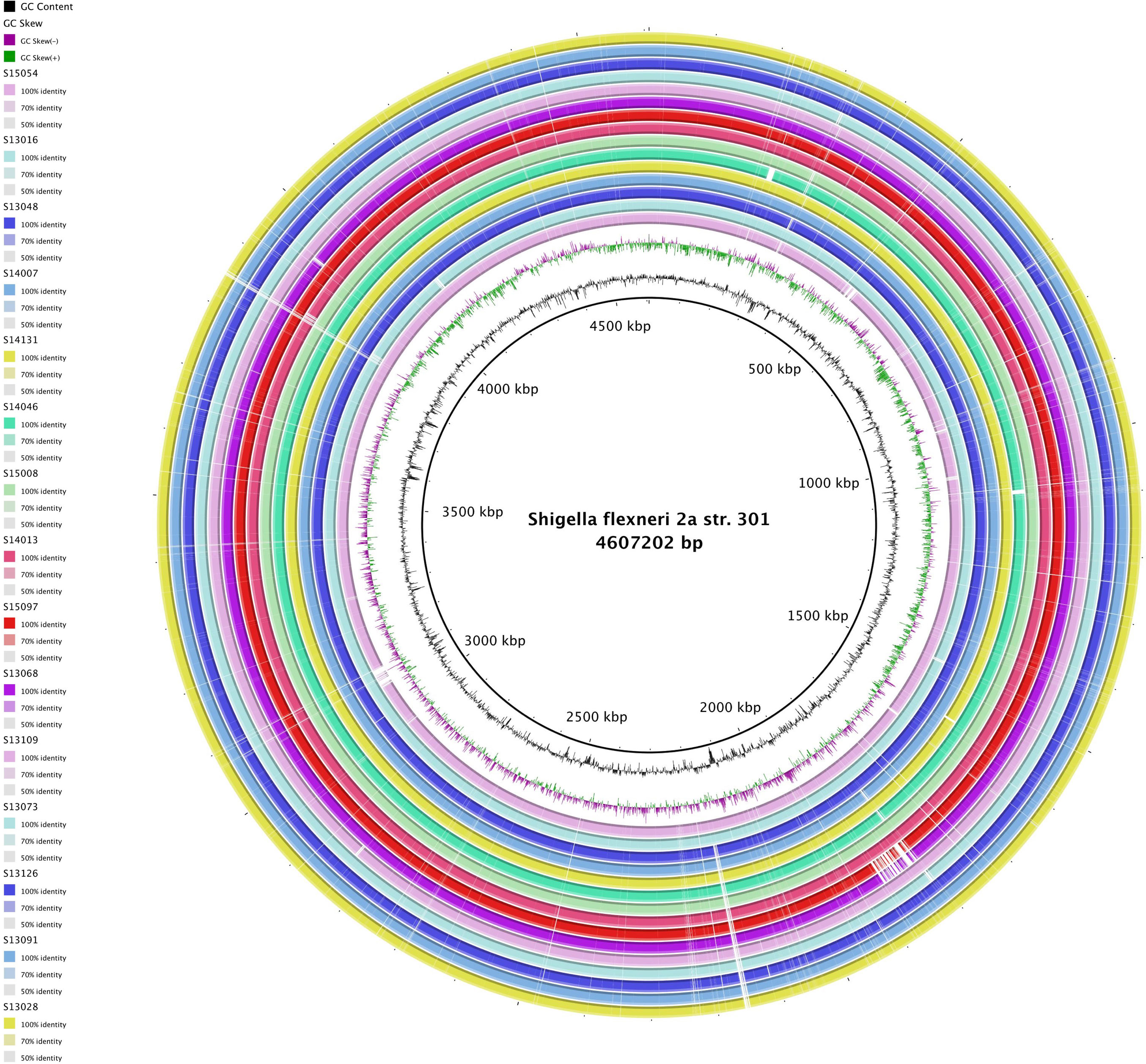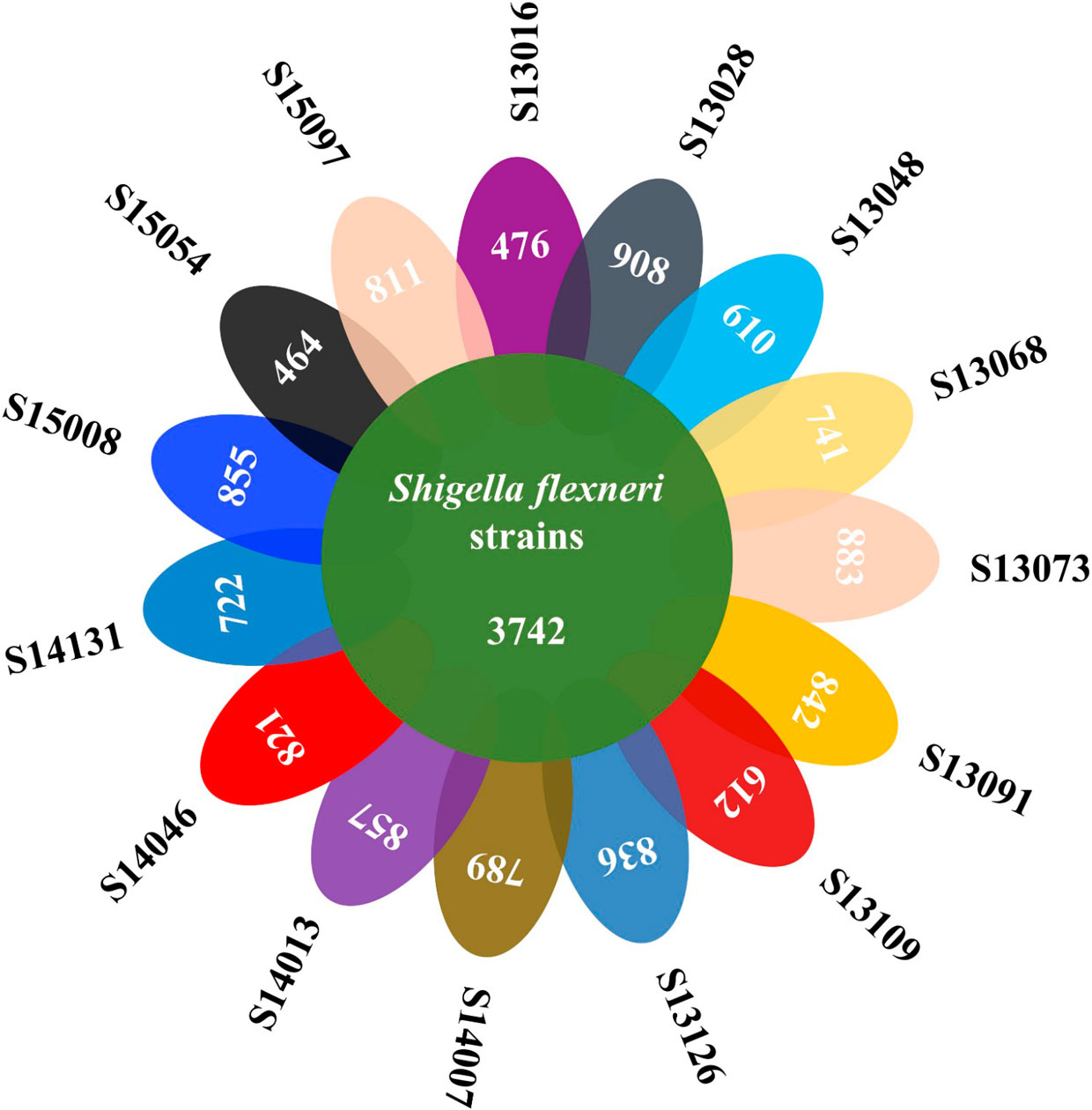1. Introduction
Dye sensitized solar cells (DSSCs) were first developed by Michael Grätzel in 1991 for which he gained the Millennium Technology Price of the Technology Academy Finland in 2010 [1]. DSSCs are built from three main layers: a glass plate with conducting coating, a thin layer of titanium dioxide (TiO2) soaked in a dye (natural or man-made) and a graphite covered conductive glass plate which is connected to the TiO2 layer by an (usually liquid) electrolyte. The DSSC produces power as follows:
The dyed layer of TiO2 releases electrons when excited by light. These electrons are transported through the TiO2 layer into an electric circuit along an external load and further to the counter electrode. After being inserted into the solar cell again, the electron recombines with acceptors in the electrolyte, leading to the reduction of the dye cation which finishes the circuit. The graphited layer works as a catalyzer, allowing the electrons to proceed through the electrolyte back to the titanium dioxide coated anode, completing the electric circuit [2,3,4]. Finding a suitable electrolyte has been explored by many research groups since usual electrolytes suffer from diverse problems [5,6,7]. One such problem is the short life span of DSSCs due to the liquid electrolyte drying up. Semi-solid electrolytes are an option, but are usually expensive and toxic [8]. A variety of methods has been tried to encase a DSSC to seal in the liquid electrolyte using forms of wax, synthetic resin [9] or polymeric encasing [10].
In our project, we tried a different approach. Instead of encasing the electrolyte, we decided to accept the natural occurrence of evaporation and work with it by cheaply rehydrating the cell to minimize power loss. This idea would be useless for several DSSC applications; however, it would work well for textile-based solar cells which will become wet by rain in case of tents or other outdoor textiles, or by washing in case of garments. Producing DSSCs on textiles is a recent idea which was investigated by different research groups [11,12,13,14,15,16,17,18,19,20]. Due to the drastically increased rate of evaporation in a textile-based solar cell, avoiding dehydration is crucial in such applications.
It is important to note that DSSCs degrade over time as a result of multiple factors. On the one hand, the natural dyes used in DSSCs degrade with time. On the other hand, the thin TiO2 coating is brittle and can easily be damaged during refilling, thus reducing the available surface area to release electrons and directly lower electric output of the DSSC. These factors have to be taken into account when evaluating the possible power increase after refilling old DSSCs.
2. Materials and Methods
A variety of dye sensitized solar cells was manufactured using the same methods of applying the titanium dioxide layer, soaking the anode in dye and applying graphite to the cathode to avoid undesired side-effects due to variations beyond the scope of this investigation.
For the anodes, we mixed 2 g TiO2 in solid powdered form (P25, purchased from Sigma-Aldrich) with 8 g of distilled water. Using a doctor's blade, a thin layer of the wet TiO2 mixture was spread on conductive glass plates (FTO coated glass, purchased from Man Solar). The coated glass plates were afterwards placed on a heated plate where the temperature was slowly increased until the plate reached 400 ℃. The anode glass was sintered for 30 minutes.
After cooling down, the anodes were soaked in a dye extract, consisting of 2 g hibiscus tea dissolved in 20 g distilled water and 20 g isopropanol. After 10 minutes of dissolving and sifting, the dye was ready. The soaking process also took 10 minutes after which the anodes were taken out, rinsed in water and dried.
For the cathodes, we used the same type of conductive glass upon which a graphite spray (CRC Kontakt Chemie Graphit 33) was evenly sprayed and afterwards placed on a heating plate. After slowly increasing the temperature of the heated plate to 200 ℃, the cathodes were tempered for 30 minutes.
After both glass planes of each cell cooled down and dried, they were put together and fixed with transparent tape. The last step was to fill an electrolyte between both sides by carefully pipetting electrolyte on the TiO2 side and letting the electrolyte spread through the cell. The electrolytes examined in this paper were 5 percentile Lugol's solution and 'Man Solar electrolyte type 016', both based on iodine-triiodide. Iodine-triiodide has proven to be a well-suited electrolyte for DSSCs, opposite to several other electrolytes which were examined in former tests. These electrolytes were chosen for comparison since the Man Solar electrolyte is optimized for use in DSSCs while Lugol's solution for chemical or medical applications is widely available and significantly less expensive. Due to the planned application on large textile areas, availability in large quantities as well as the price of the different materials are important factors, influencing the cost-performance ratio and thus the future user acceptance. To the best of our knowledge, both electrolytes contain the same amount of iodine-triiodide, with the Man Solar electrolyte having a higher viscosity.
For our purposes we produced three equal cells of each type.
To measure the photo-electrical properties of the DSSCs, the cells were illuminated by a halogen lamp with a color temperature of 3000 K, producing 65 klux at the point of measurement. On the area of the DSSCs (2 cm × 3 cm), illumination was uniform. Since the color temperature of the halogen lamp is only half the sun surface temperature, the intensity maximum is shifted to twice the maximum wavelength in sunlight, i.e. approx. 1000 nm. This results to reduced power values. Comparison with measurements in sunlight under the same illumination intensity showed that measuring with our halogen lamp results in underestimation of the real outdoor efficiencies by 20–25%. Current and voltage were measured using two Fluke 45 multimeters and a variable resistor (see Figure 1). The corresponding power was calculated from the measured current and voltage.
Since previous experiments have shown a slight power increase during the first two days after preparation, the first measurements depicted here were taken on day 3 after manufacturing the cells.
On day 7 we repeated the measurement, first with the cells unaltered and afterwards after carefully refilling the DSSCs using the same technique we used during the last manufacturing step. One cell of each type was refilled with the electrolyte used in original production, another one using distilled water. After refilling, a second measurement was performed.
The process was investigated again 3 months later, on day 94 of the cells lifecycle.
3. Results
Figure 2 depicts an example of I-U and P-U curves, measured on a DSSC prepared using Man Solar electrolyte on day 3 of the cell lifecycle. The maximum values of approx. 400 mV and 0.6 mA are typical for cells prepared with natural dyes, non-toxic electrolyte, and TiO2 in aqueous solution under the above described lighting conditions [16,17,20].
In Figure 3, the results of refilling tests are shown. For easier visualization of the differences between the values due to small deviations of the absolute power values reached with different cells, all values are normalized with respect to the maximum power value of the respective cell. It should be mentioned that maximum currents for cells with Man Solar electrolyte and with Lugol's solution do not differ significantly for cells in which all other parameters are kept constant.
In Figure 3a, a cell prepared with Man Solar electrolyte was measured on day 3 (i.e. the day when maximum power is reached) and tested again on day 7. Here, similar to all other cells under examination, no current could be measured. After refilling the cell with distilled water, a small current was restored. Waiting until day 94 without further treatment, refilling again did not bring back any current. The inner resistances of the cells tested in this way typically grew from ~ 500 Ω to several kΩ during few days; at day 94, an inner resistance of ~ 10 kΩ was reached which is way too high for a solar cell to produce any current.
The same type of cell (using Man Solar electrolyte) was also subjected to refilling with Man Solar electrolyte instead of distilled water. The results, depicted in Figure 3b, show a much higher power restoration after refilling on day 7. After approx. 3 months, however, the current had again nearly completely vanished. Here, the inner resistances stayed nearly unaltered between the first measurement and the first refilling process. However, after 94 days, the same value of ~ 10 kΩ was reached as during refilling with distilled water. We assume that these strongly increase resistance values can be attributed to inadequate ratios of iodine-triiodide to water inside the cells since former experiments have shown that too low as well as too high ratios of iodine-triiodide in aqueous solution result in reduced photo-electrical properties. Alternatively, further chemical processes may occur, such as washing dye, TiO2 or graphite away and thus partly destroying the cell composition.
It should be mentioned that by measuring the inner resistances of the cells, the different reasons for degradation–especially degradation of the dye and drying of the electrolyte, as described in the introduction–can be differentiated. While reduced photo-electrical efficiency in combination with equal inner resistance can be attributed to degradation of the dye, a strong increase of the inner resistance must be based on changes in the electrolyte.
Nevertheless, neither degradation of the dye nor damaging the dye layer adsorbed on the TiO2 can be excluded in the recent measurement. Further test have to investigate the–positive or negative–influence of the electrolyte itself as well as refilling it on dye adsorption and degradation.
An interesting case occurred for the medical Lugol's solution which was used for comparison, as depicted in Figure 3c. This solution had a distinctly reduced viscosity in comparison with the Man Solar electrolyte. Apparently this effect resulted in faster drying of the electrolyte, leading to reduced current and power already on day 3. Refilling the cell on day 7 thus caused current and power increasing in comparison with day 3, connected with a reduction of the inner resistance from approx. 2 kΩ to ~ 700 Ω. The last measurement after 3 month showed a vanishing current and an even higher inner resistance of approx. 1 MΩ.
4. Discussion
The results depict that refilling DSSCs with distilled water or an adequate electrolyte counteracts the rapid dehydration of the cells, although superimposed by the degradation of the natural dye in the solar cells (as seen in Figure 3). Comparing figures 3a and 3b shows that refilling using the corresponding electrolyte has a greater positive effect on the power output than distilled water. In practical applications it could be feasible to use raindrops or morning dew mixed with electrolyte to refill a DSSC, e.g. by storing dried electrolyte in the upper layer which can be washed out by rain, or by impregnating the solar cells from time to time, similar to water-proof clothing. This could lead to viable applications of DSSCs in humid climates and outdoor usage, e.g. for emergency shelters in monsoon or coastal regions. Further research is necessary to explore the effects of maintaining moisture levels of DSSCs on a daily basis.
We also observed better long-term performance using the Man Solar electrolyte compared to medical Lugol's solution. The two electrolytes differ in viscosity with the Man Solar electrolyte being the higher-viscose solution, while the chemical compound responsible for electron transport is to our knowledge identical in both. Apparently, the viscosity is an important factor for choosing an electrolyte. This finding can be attributed to the lower-viscosity fluid being easier and thus faster dragged to the borders of the cells where it can evaporate. This effect would be negligible in a completely sealed cell, as in commercially available DSSCs enclosed between glass or plastic sheets. In our planned application on textile fabrics, however, this effect must be taken into account. Further research will show whether increasing the viscosity further–without completely solidifying the electrolyte–supports the longevity of the non-sealed DSSCs.
5. Conclusion
In a recent project, we searched for ways to improve DSSCs performance in advanced stages of their lifecycles. Our research shows that counteracting the effects of evaporation, resulting from the liquid nature of electrolytes used in many DSSCs, has a great effect even less than a week after manufacture. In our experiments we refilled cells with different liquids and found that the corresponding electrolyte leads to the highest increase in power produced by the cell. Nevertheless, distilled water also has a noticeable effect on cells which failed to produce any current before rehydrating. With further advancements in the field of DSSCs in terms of dye and TiO2 longevity, rehydration could be a feasible solution to prolonging the lifecycle of DSSCs.
Conflict of Interest
All authors declare no conflicts of interest in this paper.









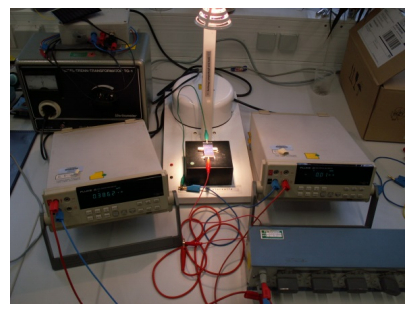
 DownLoad:
DownLoad: 